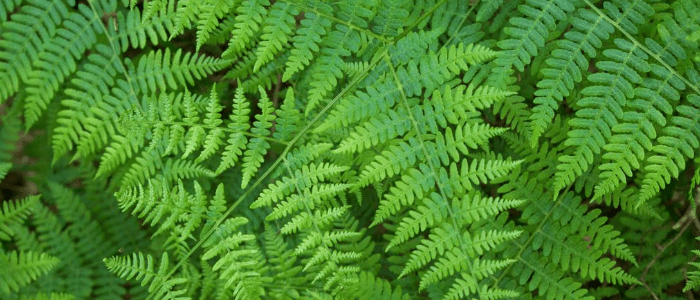Is New Guinea the most diverse island for vascular plants?

A global collaborative effort to create a checklist of all vascular plants in New Guinea has revealed it to be the most floristically diverse island in the world.
New Guinea is globally recognized as the center for biological and cultural diversity. However, much of the plant life on the island has yet to be properly categorized.
In an effort to fill in the gaps, a global team of researchers from 56 different institutions attempted to produce the first expert-verified checklist of the vascular plants of mainland New Guinea and it’s surrounding islands.
The study, recently published in Nature, consisted of 99 different experts analyzing digital records and plant collections around the world to discover a total of over 13,000 different species of vascular plant, suggesting that New Guinea has the highest plant biodiversity of any island in the world.
Covering more than 300,000 square miles, New Guinea is the second biggest island on Earth, following Greenland. This, along with its complex geology, means that the island supports a huge array of well-preserved ecosystems, which accounts for the high diversity discovered.
 Size matters: researchers reveal the force behind the plant kingdom’s largest erection
Size matters: researchers reveal the force behind the plant kingdom’s largest erection
Researchers have shown that the pollen tube of male grain has no issues rising to the occasion. The sexual organ of male grain grows several thousand times its own length in its desire to reach the female egg.
Although thousands of plants from New Guinea have been collected and stored in herbaria around the world since the 17th Century, botanists have mostly worked independently so publications have remained scattered. For many species, including ferns, the island has remained a ‘black hole’ until now.
“It’s remote, dangerous, hard to get to with almost no roads. You can’t just check an app or look at a museum collection—a lot of species have almost no records,” study author Michael Sundue (University of Vermont, VT, USA) remarked. “So how are you supposed to interpret the evolution of plants on Earth—if you have missing pieces? You have to go there and collect.”
The completed checklist included a total of 13,634 named species from 264 families, with thousands more still to be discovered. The results suggest that New Guinea is the most species-rich island for plants, with 22% more species than Borneo and 19% more than Madagascar. Furthermore, 68% of the species described are endemic to the island, which is the highest of anywhere in tropical Asia.
The study highlighted the value of experts in categorizing biodiversity, as using online platforms alone would have inflated the results by 22% due to false data points or confused names. The team also believes that training large groups of young taxonomists, residents of the island, could add 3000-4000 new species to their checklist in the next few decades.
“A checklist may not seem that interesting, but it’s foundational,” Sundue explained. “Biologists are trying to put together the history of life on Earth and that is done by examining all of the constituent organisms that live here, not just the ones that are easy to find.”